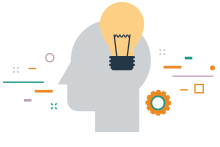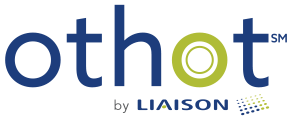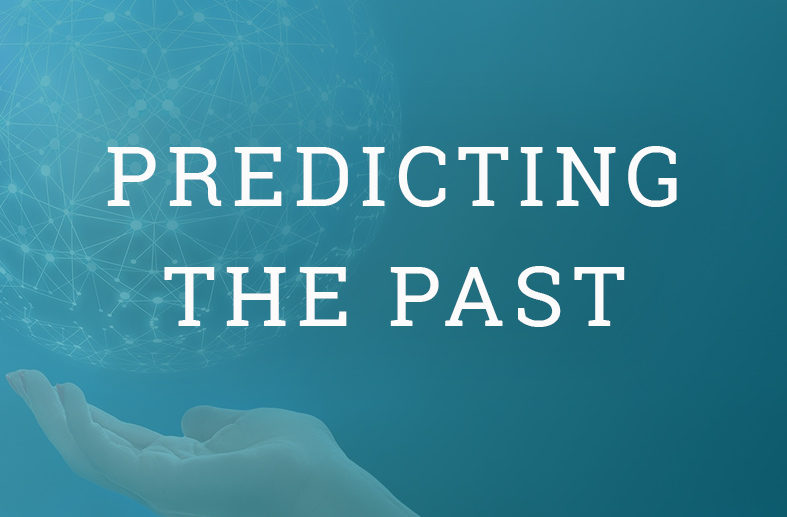Why Predictive Modeling in Higher Ed is a Must-Have

John Abbatico
For higher education institutions, the concepts of predictive modeling informed by machine learning do not differ much from human learning.
Data is fed to computer algorithms and these algorithms look for data patterns that can be attributed to a specific outcome. This is similar to how the human brain learns a subject such as algebra.
We train the brain on how to solve the basics of the equations, and from that point, we can apply this learning to solve similar equations.
The amazing thing about predictive modeling for higher education is the large number of data dimensions that can be used to determine these likely outcomes. Think how well your brain would be trained on algebra if you could do every single algebra problem ever devised.
But, like human learning, if there are events or topics we have never seen before, like COVID-19, there is more uncertainty in understanding what the outcomes may be.
Keep reading below to find out more!
Predictive Analytics are Important, Now More than Ever for Higher Ed
Like humans, the machines can make some predictions on outcomes, but the confidence levels go down. For example, if I took a multiple-choice test on neurosurgery, I might be able to deduce some answers based on my understanding of the English language. It is not likely I will get as many right answers as I would if I took a class.
So, using this logic in the context of today’s environment with COVID-19, one may conclude that predictive modeling for higher education may be useless because there is not much recent data related to the impact of a global pandemic on student admissions and retention. This would be a hasty conclusion for more than one reason.
The Reasons Why Predictive Modeling is Still Important to Higher Ed
Models have “learnings” from behaviors
- The first reason is similar to the previous neurosurgery exam example.
- The models might not have the “learnings” from changes in behavior with the virus, but they do have models of behavior. The models are able to identify those individuals that would have been most impacted by attending a visit or those that are more at risk to continue their education based on the distance they traveled from home to attend university.
- These insights are critical to implementing the right actions to ensure schools achieve their expected outcomes.
Predictive modeling tells you what happened and why it did
- The second reason is, in my opinion, a very interesting one. Recently, our team has been on a mission to understand some of the most important objectives our partners have for using our Platform.
- A surprising theme, at least to me, was the need to know WHY what happened did happen.
- I had an initial negative reaction to this. After all, our vision is to move our partners beyond descriptive analysis of what happened to predictive analytics, what will happen, and prescriptive analytics, how to change it.
- After discussions with our team, I began to understand. Like one of our new partners said, “We are really good at collecting data and reporting on it, but we are really bad at understanding why things happened as they did based on it.”
Hindsight is 20/20
- Finally, enter the concept of predicting the past.
- State of the art predictive solutions not only predict outcomes, but they provide attribution.
- This is the “why” behind the prediction and solutions that provide this are typically called Explainable AI solutions.
- This applies to our current situation with the unknown of COVID-19. In less than four months, most outcomes for the 2020 admissions cycle will be known.
- Some schools may see significantly different outcomes both in size and makeup of their classes. It would be easy to chalk this up as “it was COVID-19.”
- But to really know the whys of the outcome of this novel class, higher ed will need predictive modeling to predict the past and understand the real why’s behind the outcomes.
From this, we will be better prepared to meet the needs of the 2020 class in retention objectives and better understand and shape the class of 2021 and beyond.
Predicting the past can be as important as predicting the future, especially when unknown events are injected into the problem. With COVID-19, it is more important than ever for higher ed institutions to use predictive analytics to understand the past to plan for the future.

John Abbatico




